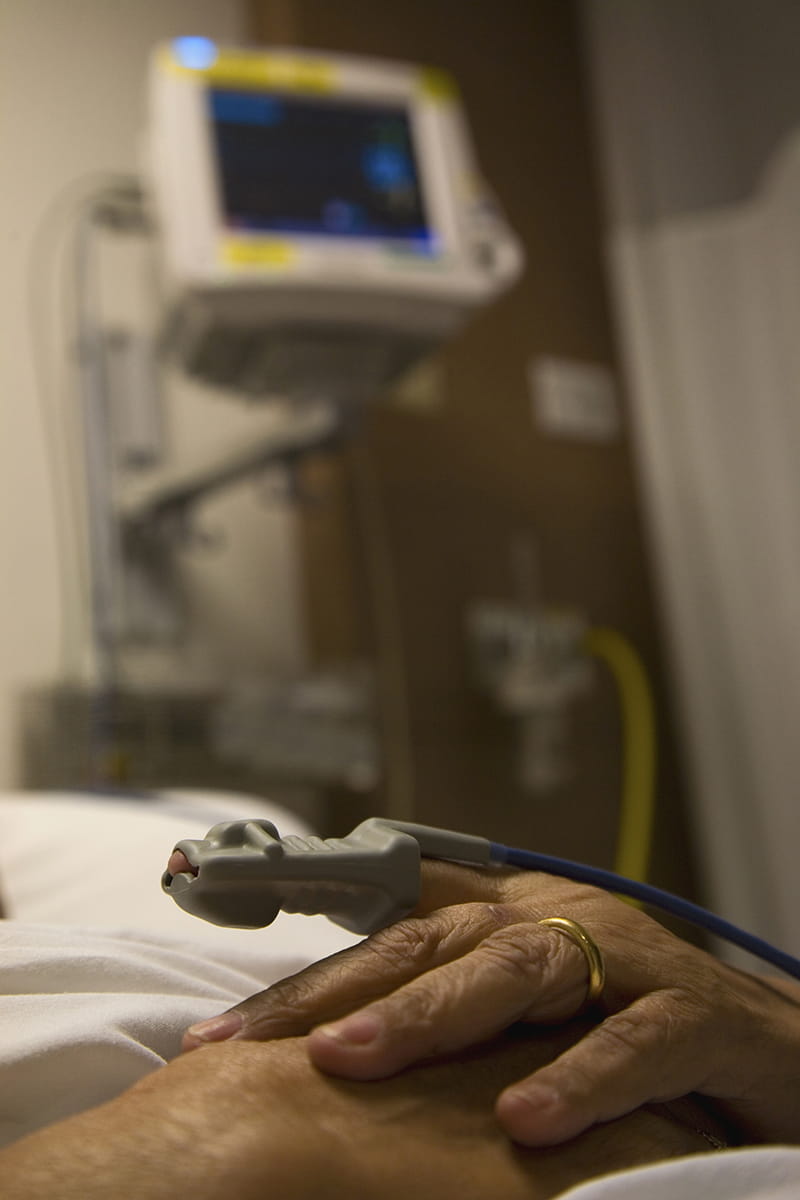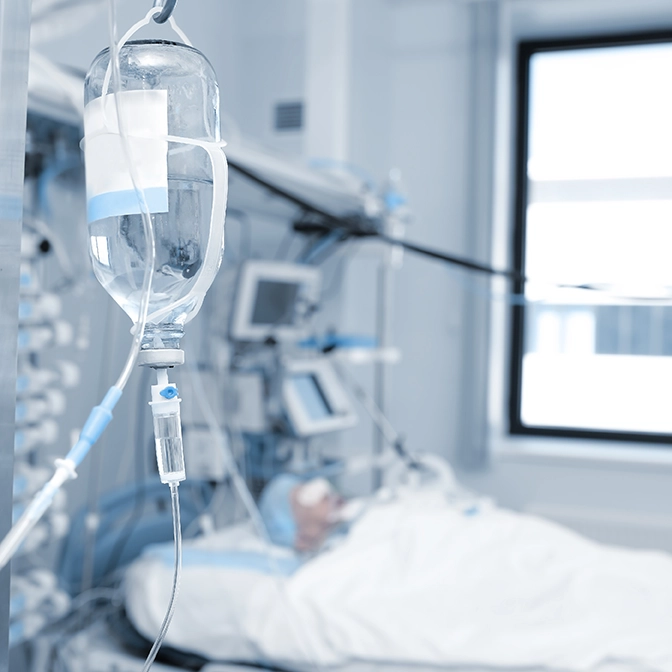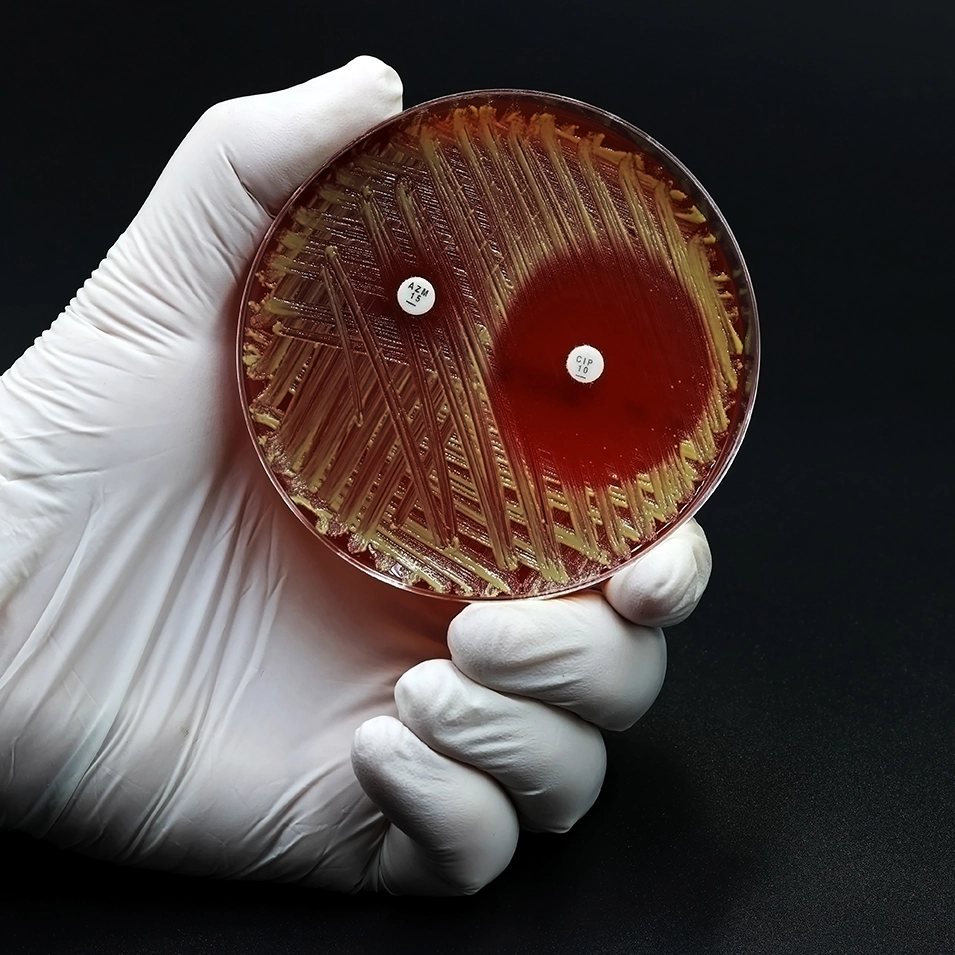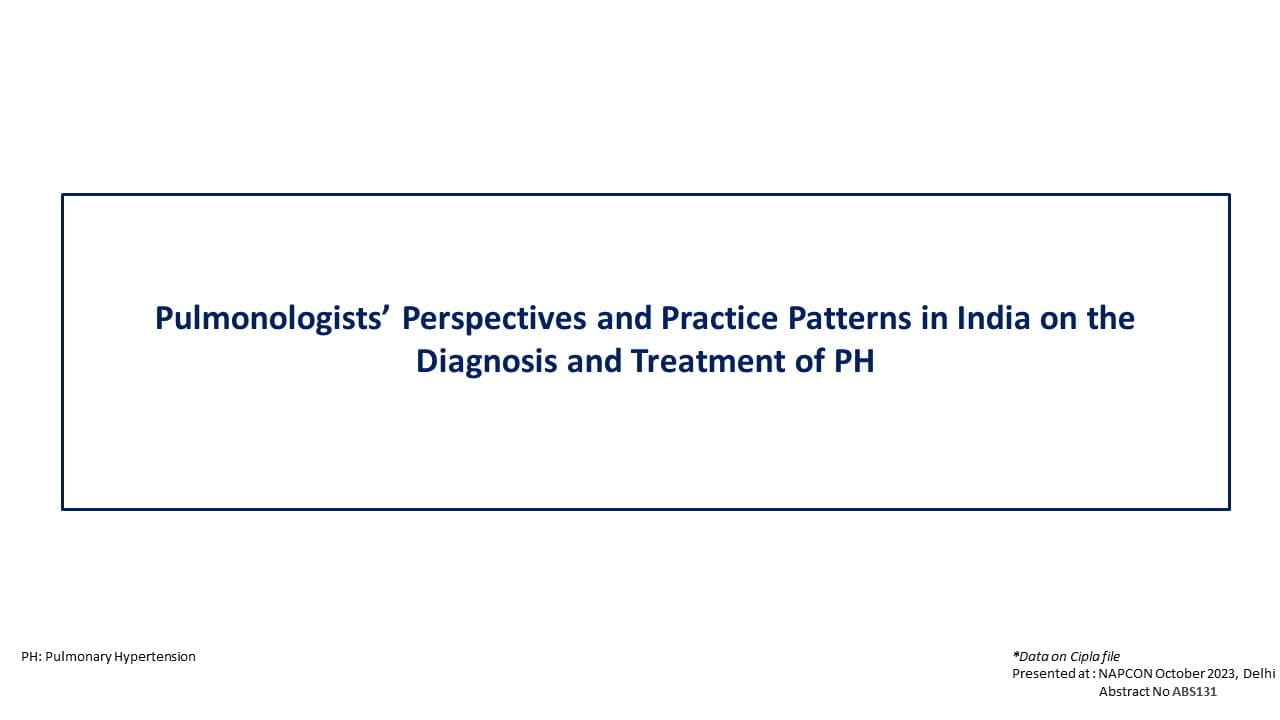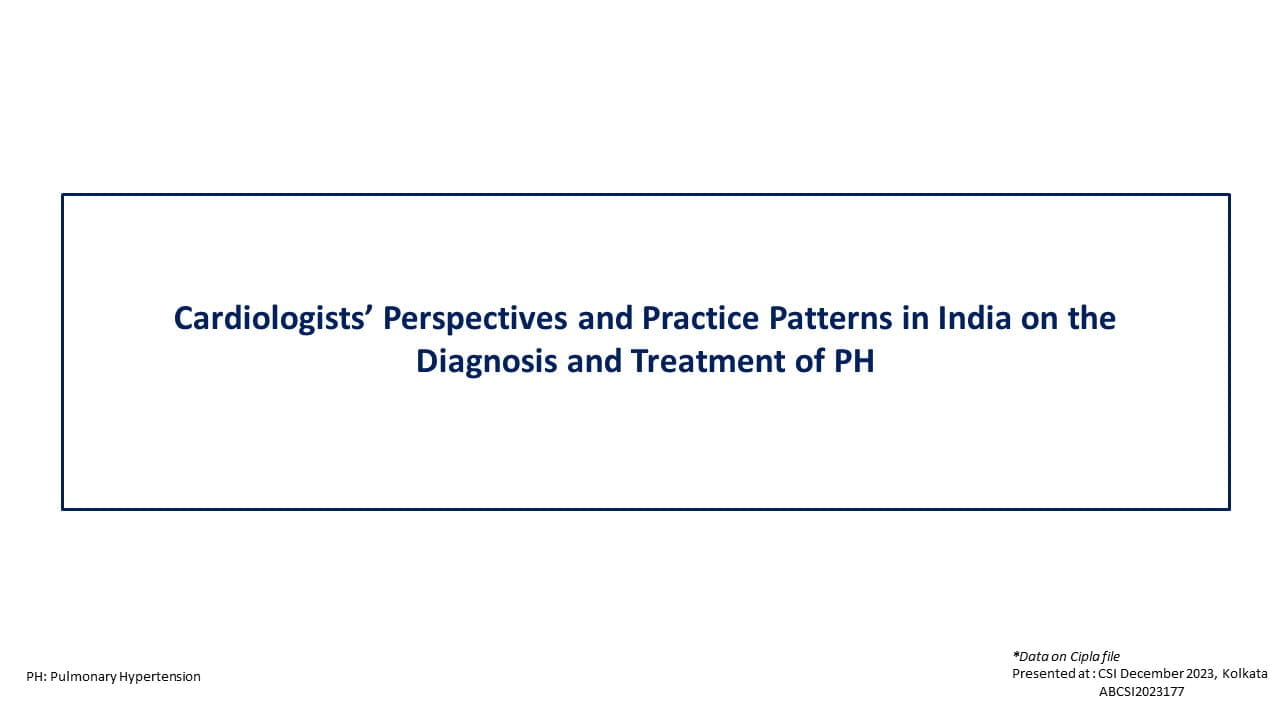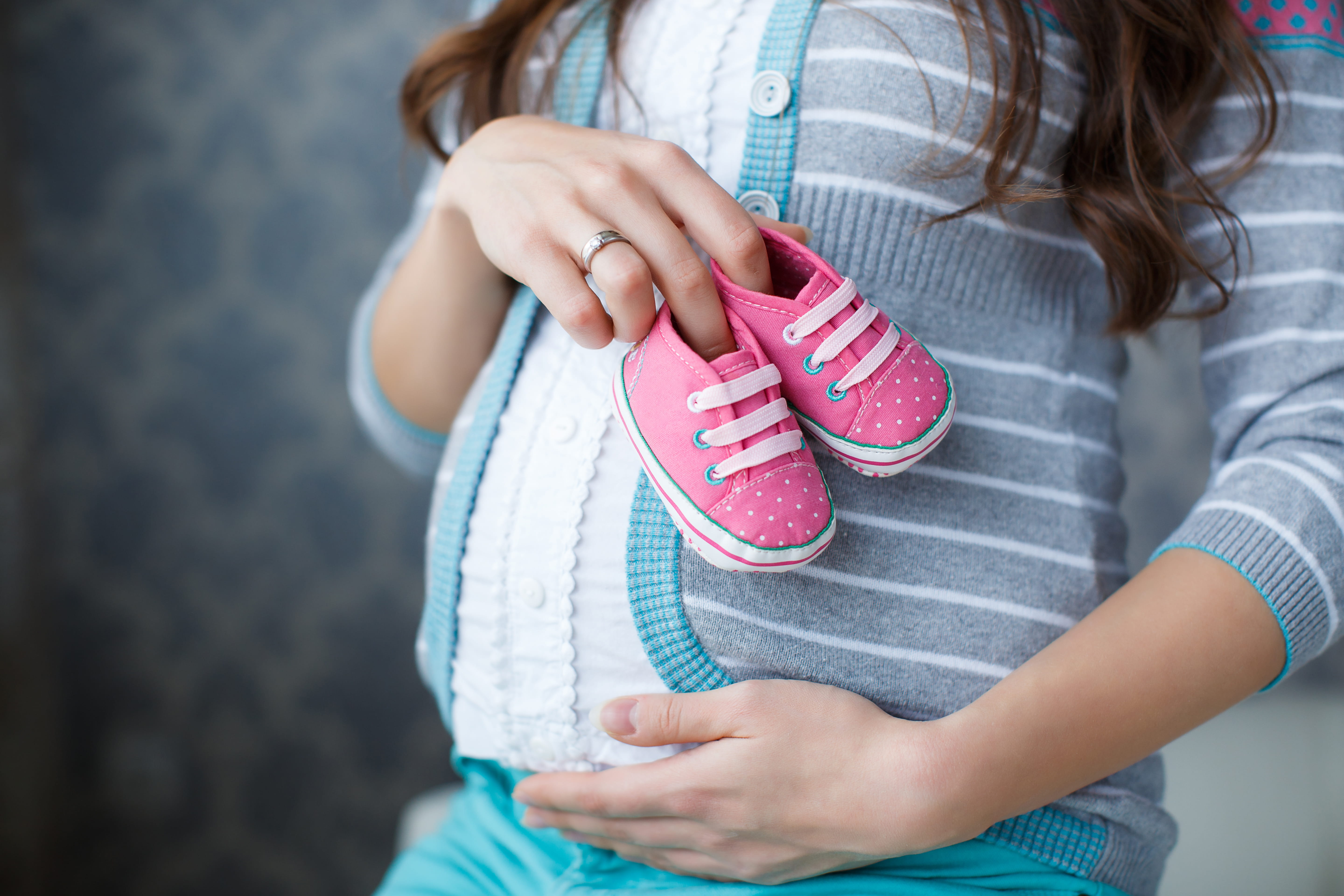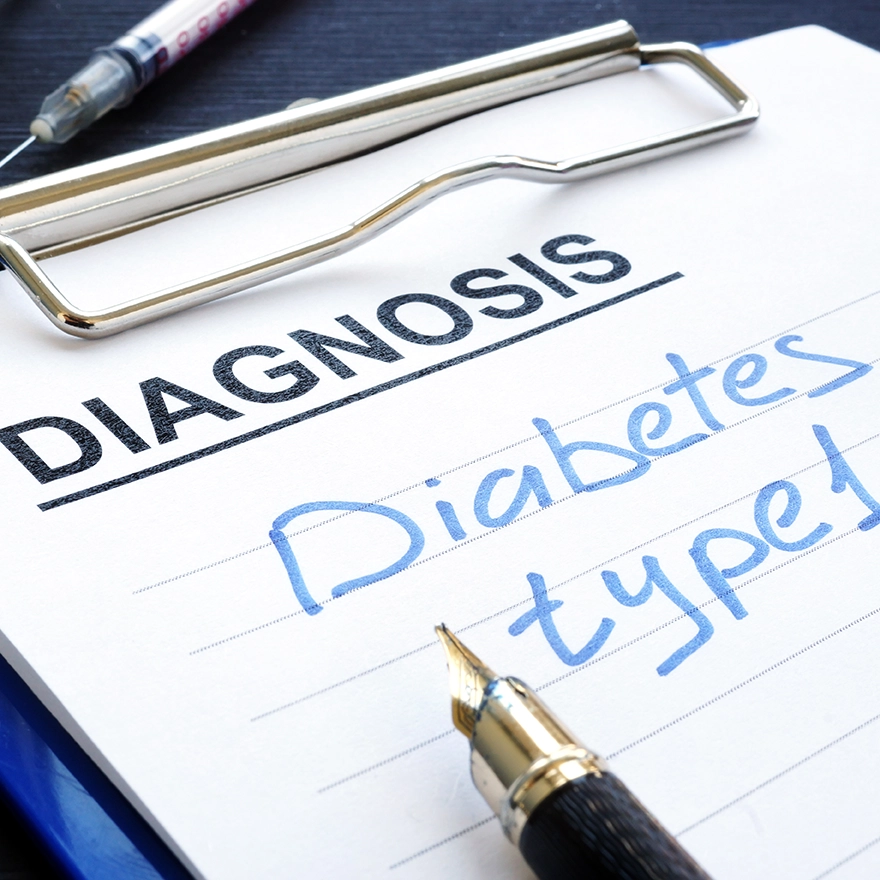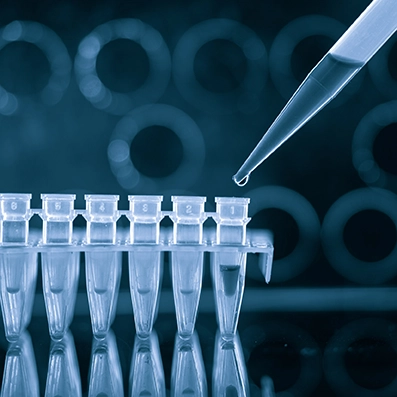Introduction
Clinical trials indicate that a daily dose of bilastine 20 mg is effective, safe, and improves quality of life for those with allergic rhinitis or chronic urticaria. Bilastine has an oral bioavailability of 60.67%, is not metabolized by the liver, and shows significant food interactions. Whether pharmacokinetic interaction of bilastine with food affects the antihistaminic activity is studied here by evaluating the wheal and flare response following intradermal injection of histamine.
Aim
To compare the pharmacodynamic activity of bilastine in healthy volunteers when taken on an empty stomach vs after a moderate-fat breakfast over four days and to assess onset and duration of action, maximum effectiveness, itching sensation post-inoculation, and safety.
Method
Study Design
- Randomized, open-label, crossover study
Treatment Strategy
- A cohort of 24 healthy subjects were randomized to the fasting or fed group
- Once-daily oral bilastine 20 mg was administered for 4 days
- After a 7-day washout period, the groups’ diets were switched and all the subjects received bilastine 20 mg daily for 4 days
- Moderate-fat breakfast was taken 30 min prior to each bilastine dose by the subjects in the fed arm of the study
- Subjects in the fasting arm received bilastine dose after a minimum of 10 hrs since the last food intake
- Blood samples were collected on day 1 and day 4 of each crossover treatment period and the cohort was evaluated for skin reactivity and itching sensation after intradermal injection of histamine 5 μg
Endpoints
- Bilastine plasma concentrations
Results
- Moderate-fatty food significantly affected the pharmacokinetics of oral bilastine 20 mg
- Mean maximum plasma concentration (Cmax) and area under the curve from time 0 to 24 h (AUC0-24 h) decreased by 34.27% and 32.72% with food on day 1
- On day 4, there was a reduction of 33.08% and 28.87% on Cmax and AUC0-24 h respectively
- The percentage inhibition of wheal area was remarkably greater in fasting group at 30 min and 1 hr after the first dose of bilastine
- However, there were no significant differences in the profiles of wheal inhibition between the 2 groups from 2 hrs onwards
- Peak inhibition was 75.2% at 4 hrs and 75.1% at 6 hrs in the fasting and fed groups respectively on day 1
- At day 4 too, the pharmacodynamic effects of bilastine were not significantly affected by food
- Mean maximum effect of bilastine ranged from 83.3% to 84.2% between 4-6 hrs post bilastine dose in both groups and on days 1 and 4
- Both groups demonstrated notable reduction in skin itching as compared to baseline
- The treatment-related AEs were mild and resolved without any serious intervention
- Skin reactivity test assessed by wheal and flare response
- Itching of skin
- Adverse events (AEs)
Conclusion
- The pharmacokinetic interaction between bilastine and food does not significantly diminish its peripheral antihistaminic effect.
- Although there may be a minor delay in the onset of action on the first day of treatment, the overall clinical effectiveness of bilastine remains unaffected when taken with food.
Int Arch Allergy Immunol. 2022;183(12):1241-1250.


